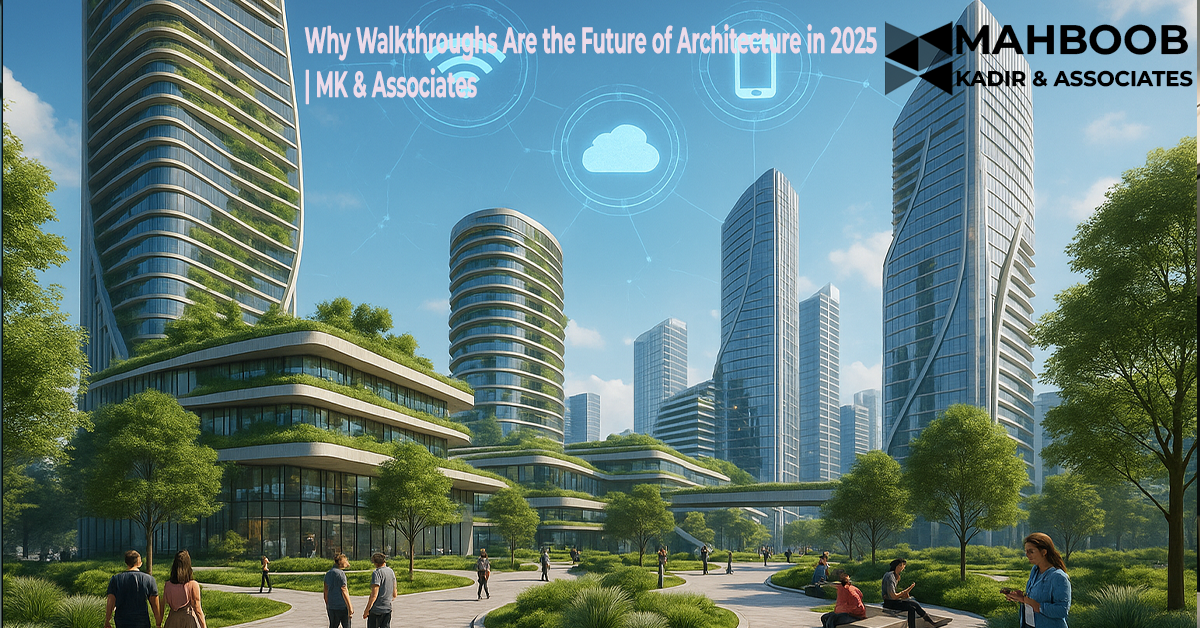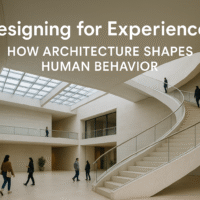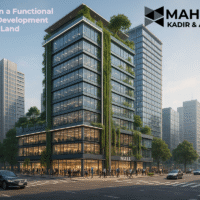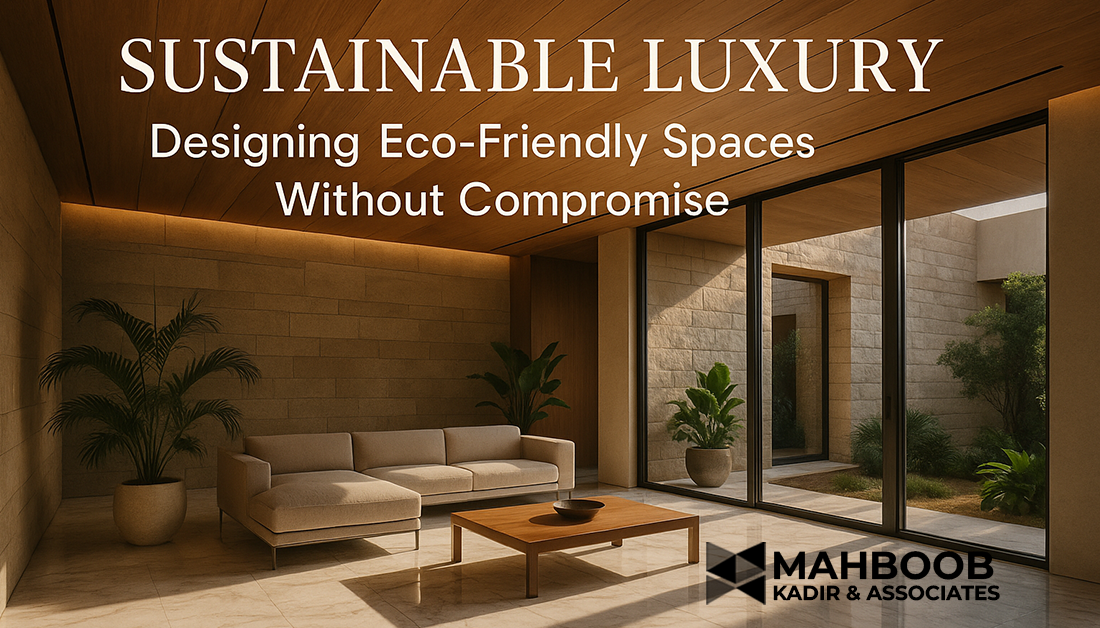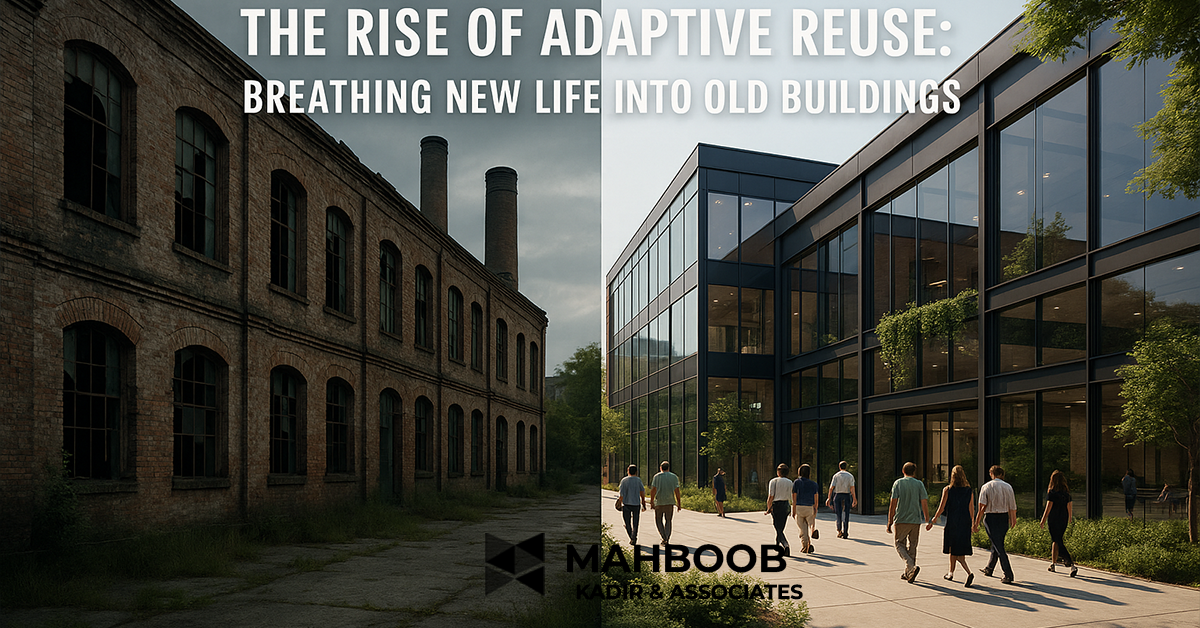Why Walkthroughs Are the Future of Architecture in 2025 | MK & Associates
In 2025, architecture is no longer confined to blueprints, static renders, or guesswork. Architectural walkthroughs have emerged as the ultimate project presentation tool — allowing architects, developers, and clients to explore spaces before they’re built. From 3D walkthrough animation to virtual walkthroughs powered by immersive technology, the future of architecture is being shaped by visualization.
At MK & Associates, we’ve seen firsthand how walkthroughs help clients, developers, and investors make smarter decisions. In this blog, we’ll explore why architectural walkthroughs are the future of architecture in 2025, their benefits, applications in real estate marketing, and why they’re a game-changer for project success.
What Are Architectural Walkthroughs?
An architectural walkthrough is a 3D walkthrough animation or virtual walkthrough that takes clients inside a building or master plan before it is constructed. Unlike traditional 2D blueprints, walkthroughs deliver an immersive design experience with photorealistic rendering of interiors, exteriors, landscapes, and even lighting effects.
- 2D vs 3D: Instead of flat drawings, walkthroughs simulate real-life perspectives.
- Interactive exploration: Users can “walk” through lobbies, offices, malls, or residential units.
- Real-time visualization: Changes in materials, lighting, or layouts can be tested instantly.
Keyword integration: Architectural walkthroughs | 3D walkthrough animation | Virtual walkthroughs | Photorealistic rendering | Architectural visualization
Why Walkthroughs Are a Game-Changer in 2025
The future of architecture is about communication, clarity, and experience. In 2025, walkthroughs have become essential because:
- Clients demand clarity – Investors and end-users expect transparency.
- Real estate sales tools – Walkthroughs help developers sell faster with confidence.
- Immersive design experience – Stakeholders can emotionally connect with spaces.
- Saves time and cost – Design conflicts are identified early, preventing rework.
- Future-ready technology – AI, AR/VR, and digital twins are enhancing walkthroughs.
Architectural Walkthroughs in Real Estate Marketing
One of the biggest uses of architectural walkthroughs today is real estate marketing. A 3D walkthrough animation allows potential buyers to step inside apartments, corporate offices, or shopping malls without ever visiting the site.
- Boosts sales conversions: Buyers see the property as “real” instead of abstract.
- Global reach: Overseas investors can explore properties remotely via virtual walkthroughs.
- Builds trust: A photorealistic rendering reduces ambiguity and builds credibility.
Example: A shopping mall walkthrough shows escalators, atriums, retail units, and parking layouts in detail — creating confidence for both investors and tenants.
Case Study – Immersive Design Experience with MK & Associates
At MK & Associates, we recently developed a 3D walkthrough animation for a mixed-use high-rise project in Karachi.
- Ground to 3rd floor: Shopping mall with atriums and glass façade.
- 4th floor: Playland + Cineplex for family entertainment.
- 5th–20th floors: Corporate office towers.
- Exterior features: Landscaped green belts, LED lighting, side parking, and dedicated entrances.
Through the architectural walkthrough, clients could explore:
- Day vs Night modes (showing natural lighting vs LED illumination)
- Human activity (cars, pedestrians, families in playland)
- Real-time changes (glass materials, greenery variations)
Outcome: The walkthrough became the ultimate project presentation tool — helping attract investors and positioning the development as a landmark in the future of architecture in Pakistan.
Benefits of Architectural Walkthroughs
1. Better Client Communication
Architectural walkthroughs help bridge the gap between architects and clients. Instead of technical jargon, clients see real spaces.
2. Time & Cost Efficiency
Errors are caught before construction begins, saving massive costs.
3. Emotional Engagement
Virtual walkthroughs create emotional connections with projects, increasing buyer confidence.
4. Marketing & Branding Advantage
A photorealistic rendering doubles as marketing content — for websites, brochures, and social media.
5. Technological Edge
3D walkthrough animation positions your firm as future-ready in 2025.
Future of Architecture – Walkthroughs in 2025 and Beyond
Looking ahead, architectural walkthroughs will evolve with:
- AI-driven design iterations (smart layout changes based on usage data)
- AR/VR walkthroughs (clients exploring via headsets or mobile apps)
- Digital twins (walkthroughs connected to live construction updates)
- Metaverse integration (projects presented in virtual environments)
The future of architecture is not just about building spaces — it’s about designing immersive experiences.
FAQs About Architectural Walkthroughs
Q1: What is the difference between a 3D walkthrough and a static render?
A 3D walkthrough animation allows you to move through the space, while static renders are just single views.
Q2: How do walkthroughs help in real estate marketing?
Walkthroughs serve as a real estate sales tool, letting buyers experience a property virtually before construction.
Q3: Are architectural walkthroughs expensive?
Not when compared to the cost of construction errors and miscommunication. They save money in the long run.
Q4: Can walkthroughs be customized?
Yes — from materials and lighting to interiors and landscaping.
Why Choose MK & Associates for Walkthroughs?
At MK & Associates, we specialize in:
- Architectural walkthroughs
- 3D walkthrough animation
- Virtual walkthroughs for real estate marketing
- Photorealistic rendering and architectural visualization
We create immersive design experiences that not only communicate vision but also help sell projects.


